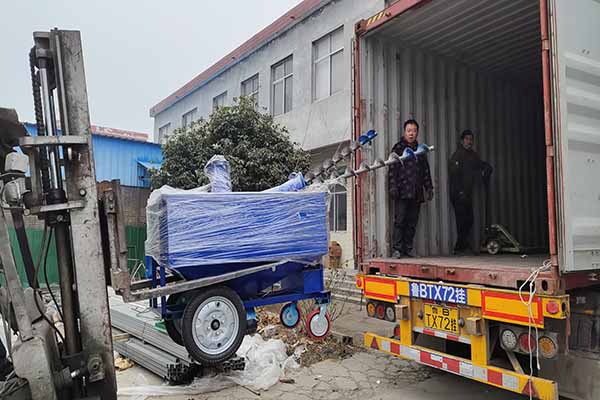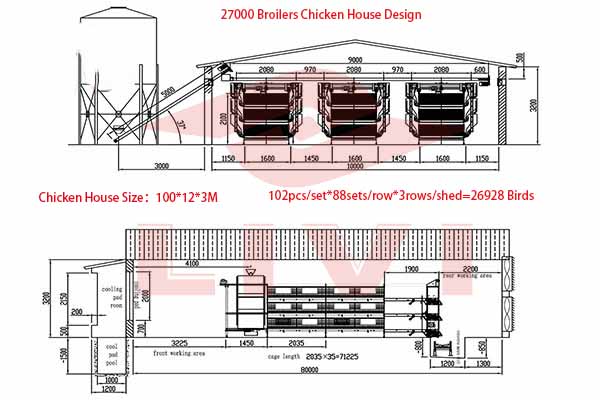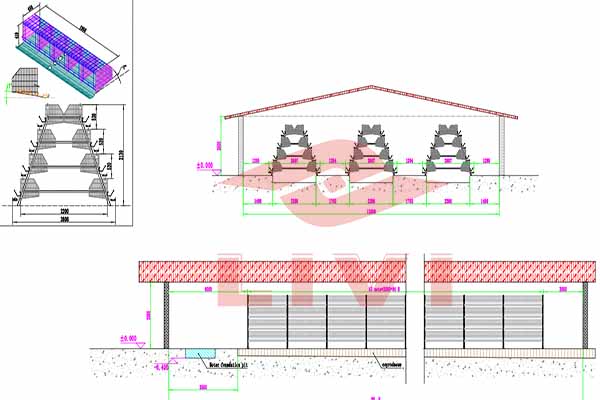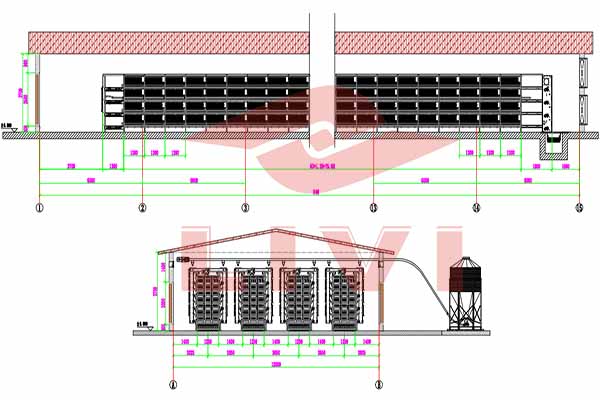Chicken Coop Modifications for Cold Climates: Enhancing Productivity in Challenging Conditions
Introduction
Cold climates can be challenging for chicken coop owners and investors. However, with the right modifications, you can maintain optimal conditions for your chickens, ensuring a healthy and productive flock. In this article, we will discuss essential modifications for chicken coops in cold climates.
Insulation
Insulating your chicken coop is crucial to maintain a stable temperature. According to a study by the University of Arkansas, properly insulated coops can reduce heating costs by up to 50%. Here are some insulation options:
- Thermal blankets: These are affordable and easy to install, providing excellent insulation.
- Expanded polystyrene (EPS) boards: These are durable and provide excellent thermal properties.
- Insulated curtains: These can be hung at the entrance to reduce heat loss.
Heating Systems
A heating system is essential for cold climates. Here are some popular options:
- Heat lamps: These are a cost-effective solution for small coops. However, they require careful positioning to avoid burns.
- Electric brooders: These are suitable for larger coops and can be set to maintain a consistent temperature.
- Solar panels: While more expensive, solar panels can provide a renewable energy source for heating.
Airflow and Ventilation
Proper airflow is essential to prevent ammonia buildup and keep the coop fresh. Here are some tips for improving airflow:
- Install vents on the sides and roof of the coop.
- Use a fan to circulate air, especially during the warmer months.
- Ensure that the entrance is well-sealed to prevent drafts.
Roof and Ground
The roof and ground of your chicken coop play a significant role in maintaining temperature:
- Roof: A sloped roof allows snow to slide off, reducing the risk of damage.
- Ground: Use deep straw or shavings on the floor to insulate the chickens from the cold ground.
Water Supply
Freezing water can be a significant issue in cold climates. Here are some solutions:
- Use a heated waterer to keep water from freezing.
- Position the waterer near the heat source to minimize heat loss.
- Regularly check the waterer to ensure it remains operational.
Conclusion
Modifying your chicken coop for cold climates can be a daunting task, but it is essential for maintaining a healthy and productive flock. By focusing on insulation, heating systems, airflow, roof and ground, and water supply, you can ensure your chickens thrive even in challenging conditions.
To learn more about chicken coop modifications for cold climates, please contact us at LIVI Mechanical. We offer free chicken coop design plans and equipment quotes.
, , , , , , , , , 




